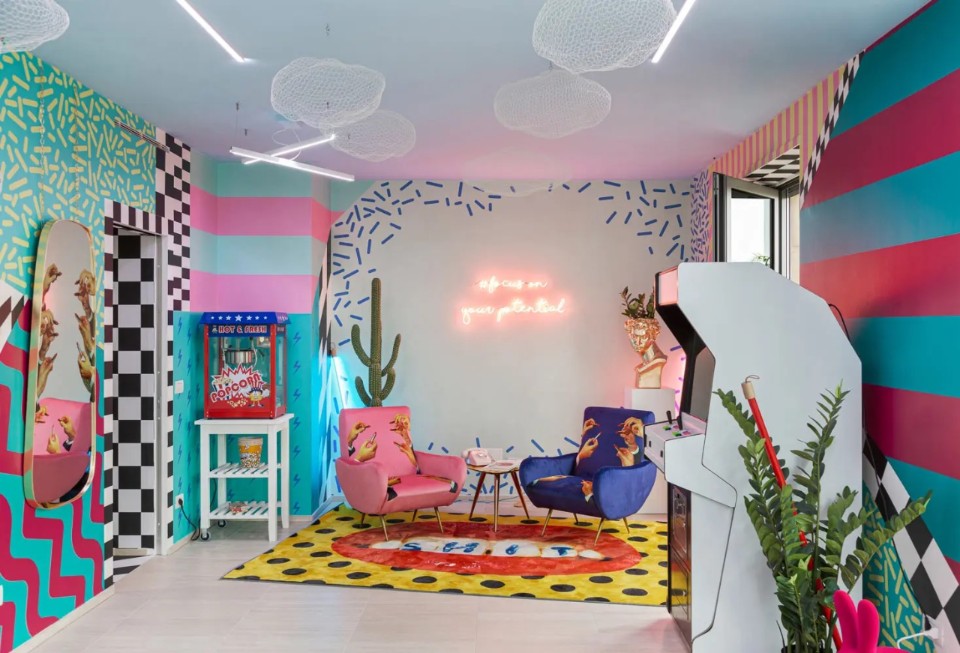Generation Z, the first born digital, has redefined how we live, work, inform ourselves, fall in love, and even think about politics and sex, all through the lens of new virtual tools.
They’ve grown up with iPhones, documenting their lives in ways previous generations never imagined. Yet, they’re not entirely disconnected from the pre-smartphone era and still remember some of its lost objects.
10 iconic pieces of furniture every Gen Z wants in their home
Provided it has a home. But the generation born in the late 1990s and early 2000s has very specific tastes in design, and we have the answers.
Courtesy Artemide
Courtesy Poltronova
Courtesy B&B Italia
Courtesy Kartell
Courtesy BD Barcelona Design
Courtesy Gufram
Courtesy Ikea
Courtesy Fornasetti
Courtesy Vitra
Courtesy Corsi Design
View Article details
- La redazione di Domus
- 07 April 2024
Imagine the home of a typical Zoomer, someone born between 1997 and 2012. Describing it means looking through a virtual lens. GenZ knows how they want to live, even if owning a home seems out of reach for many. And it probably is – they can’t afford it. But they’ve learned that working, socializing, and creating and defending an identity doesn’t require being tied to one place.
Gen Z is a generation that has adapted to rapid change. They absorb endless images and information, listen to more music, and travel more than ever. They’ve rediscovered the value of storytelling. Design, for them, is a vital resource.
All design. Not just contemporary.

There’s a nostalgia for the past and an anticipation for the future, even if it feels disillusioned or bitter. GenZ finds comfort in looking back. They love the 1970s and postmodernism, holding out for a revolution that feels more theoretical than practical. As Andrea Branzi notes about Italian design in Introduzione al design italiano, this revolution is more desired than realized. In uncertain times, evasion is necessary. It may be a uniquely Italian perspective, but it could also be a glimpse into the future for the rest of the world.
One of the most iconic ways to make light, perfect for the generation that gave plastic a second chance.
There is no better frame for a mirror selfie that shows off your outfit from head to toe.
From relaxation to work, on your own or in a group: the sofa that changes its shape for the generation that is changing every day.
Collect and store everything, but in a vertical way.
For those who know the importance of communicating effectively and instantly, and for those who know that saying with a flower is not enough.
The butler for the smartphone age. Designed to feel elsewhere, it paints a tropical landscape even in the midst of concrete.
An icon of democratic design that has become very desirable, or the importance of making space photo-graphic.
A great classic waiting for someone to make a Charli XCX faceplate.
A designer-sculptor's masterpiece, a reassurance to those who feared that light pollution might even be stealing the moon.
While it is true that GenZ have embraced fluidity, it is also true that someone invented (and shaped) it first.